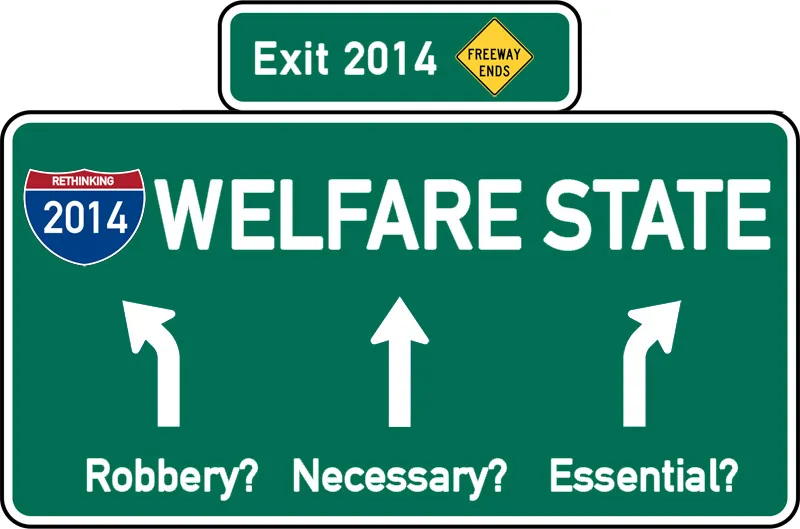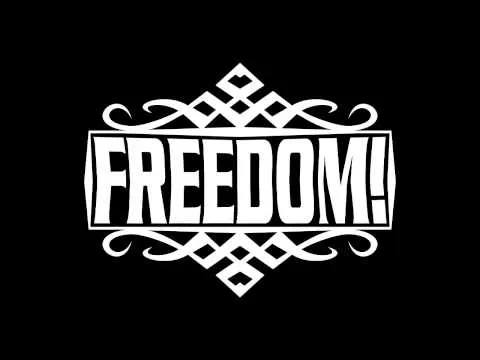One of the noblest elements of our nature is our desire to help the less fortunate. As members of the human family, we want to see each other succeed. It hurts any compassionate person to see others suffer. Governments love taking advantage of this and when they have the capacity to steal from everyone and control the conversation with propaganda, it’s easy to convince people that they want to steal from the rich to give to the poor. In reality, most government welfare programs steal from the working class to give to the poor in a way that entrenches government so it can continue to steal from everyone to give to the super rich.

People support government welfare programs because they like the immediate effects. The problem is they don’t see the bigger picture and the hidden consequences. It is naïve to think we can simply elect politicians and trust them to address problems of poverty and wealth disparity. Governments have been the primary tools of creating wealth disparity. If we want to achieve a legitimate goal, using coercion will usually result in the opposite of what we want. The warped incentives of welfare lead to warped behavior like basing major decisions on qualifying for benefits. This is true of welfare programs that end up creating huge dependent classes of people who will always vote for more coercion. Welfare turns its recipients into government apologists who will promote a system that keeps them down because they think it’s in their best interest.
In the name of “fighting poverty,” governments create massive and complex bureaucracies that control housing resources and manipulate the labor market to force people into bad jobs. They spend stolen money on no-bid contracts for anything they can get us to believe will help the poor. If the people who genuinely care about helping the poor were directing those resources, they would be used far more effectively.
The realization that welfare programs are destructive presents another problem: how do we phase out these programs without pulling the rug out from underneath so many dependent people? The answer is quite simple: restore the power of local communities where people are affected. It might not be easy, but we will all be better off when peaceful solutions displace violent ones. It is also essential to remove economic barriers that stifle upward mobility and self-sufficiency, such as minimum wage laws, regulations that make it impossible to start a new business from nothing, or the laws that, in some places, make selling goods on the side of the road illegal.
Despite so much being taken by governments, most societies still have a great capacity to help the poor. There is nothing wrong with taking money from a government. Money spent on welfare is money that can’t be spent on violence. Nonviolent solutions are always more effective than violent ones. When we choose to help the poor, it is far more effective than governments taking our money “to give to the poor.” We can build the institutions and culture necessary to elevate the least among us without coercion. We can be compassionate without using force to help those in need.

I am the author of FREEDOM!, a book endorsed (I mean banned) by the US Department of “Justice.” You can get a copy here. I’m running for Not-President in 2020 on the platform of the peaceful, orderly, and responsible dissolution of the United States federal government. You can find out more here. You can find an event near you here. Whoever has the top comment on this post after 24 hours can claim a free signed copy of FREEDOM! by sending me a message with their address.